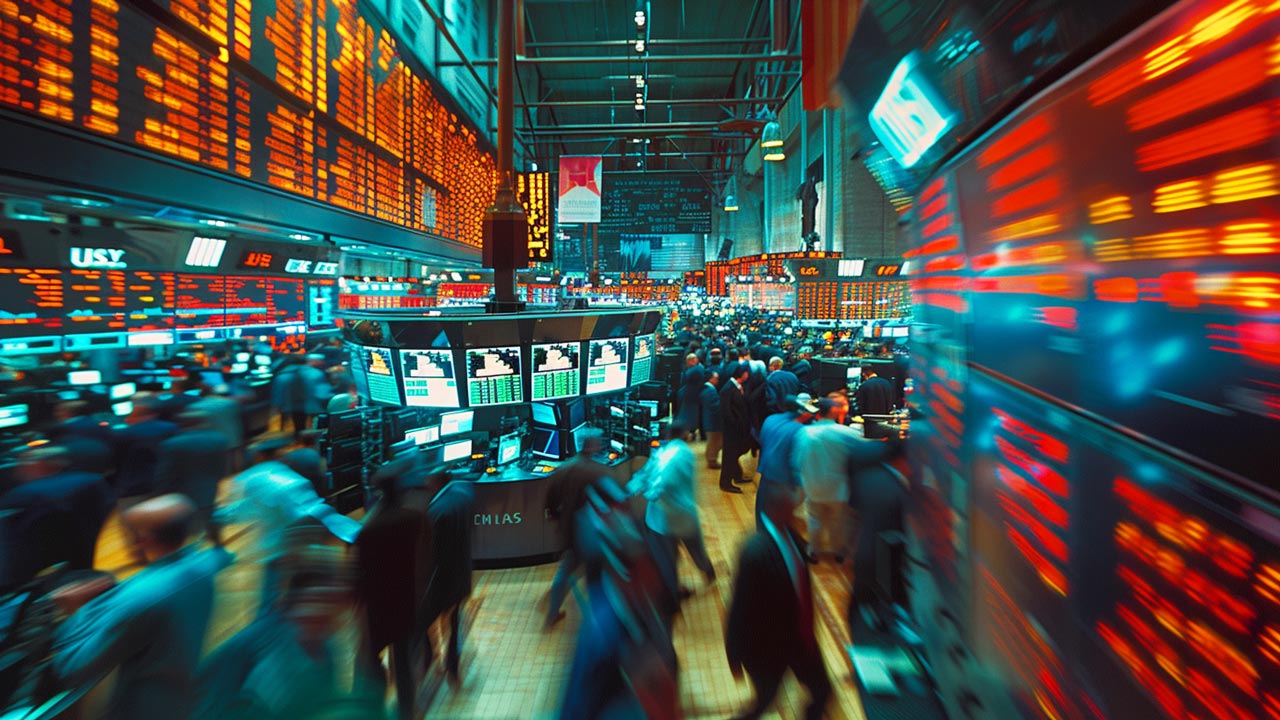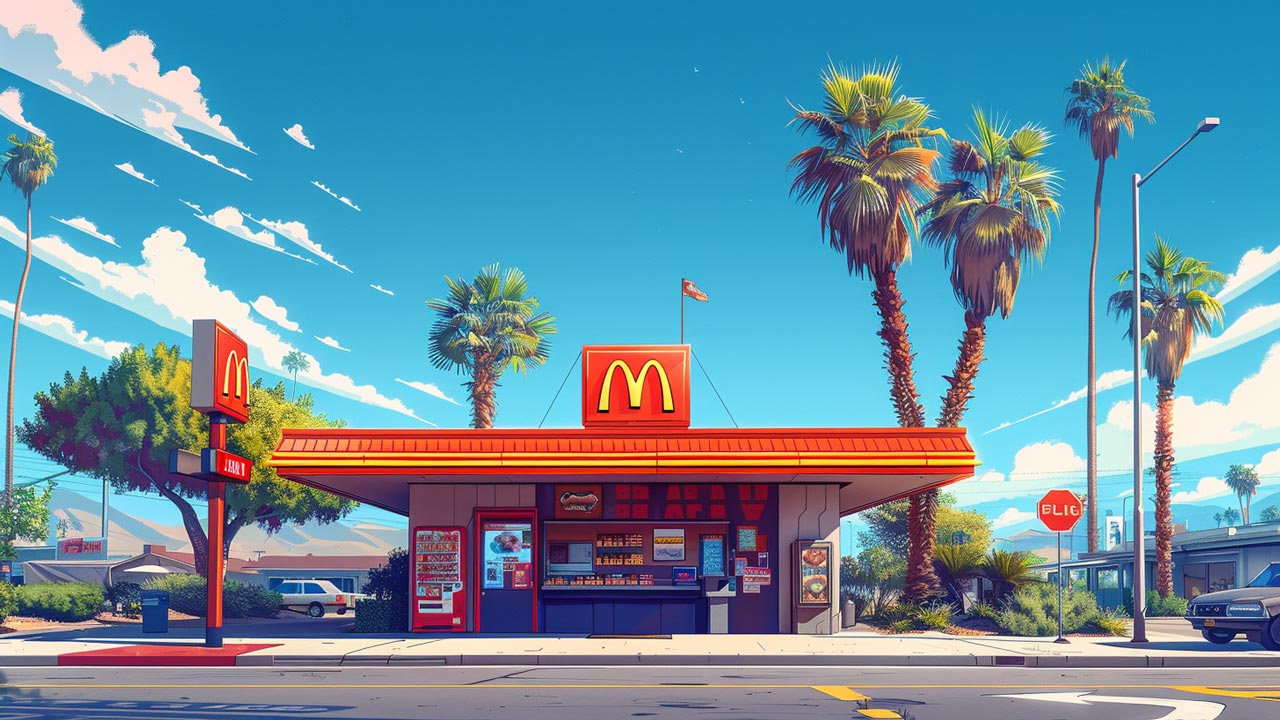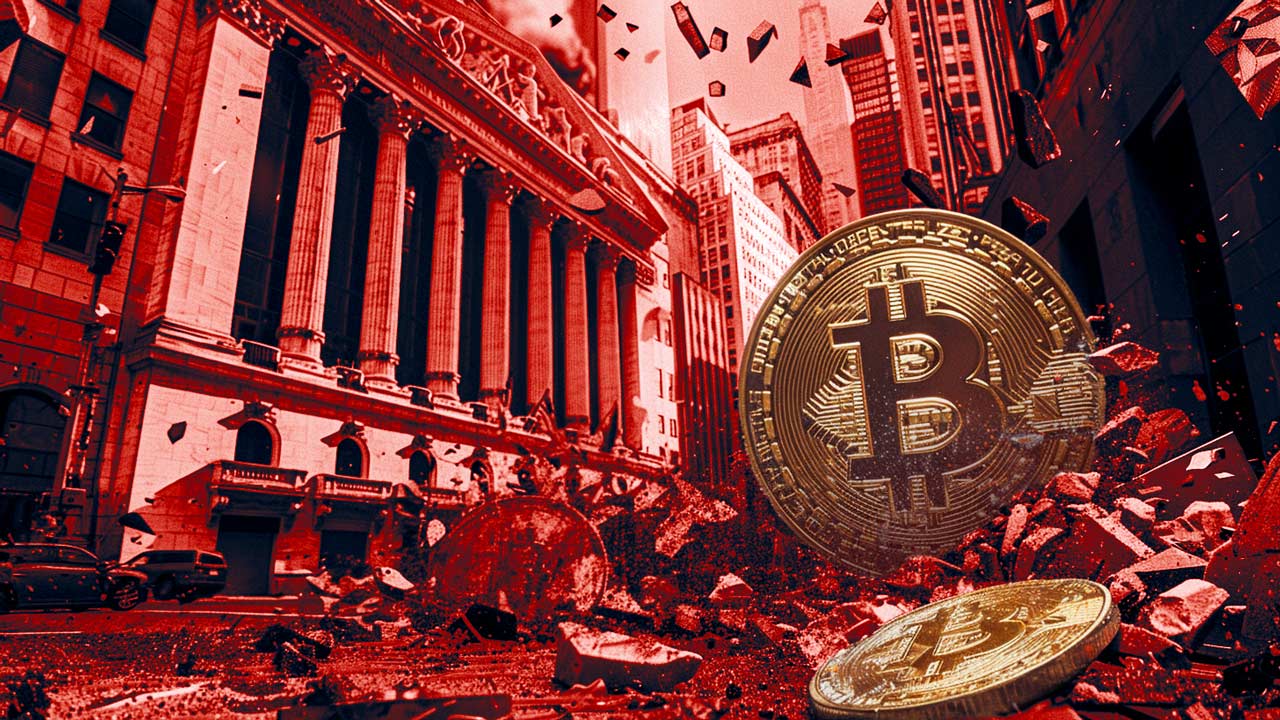Wall Street Gives Uncle Sam Too Much Credit
Michael Pento’s Market Commentary
Despite the fact that the S&P is up over 80% in the last 21 months, US financial firms are currently tripping over each other in their zeal to raise their S&P 500 and GDP targets for 2011. JPMorgan’s chief US equities strategist, Thomas Lee, came out on December 3rd with a target of 1425 on the S&P for 2011, which would be a 15 percent gain. Barclays Capital last Thursday released a 1420 estimate. Not to be outdone, Goldman Sachs also recently released its forecast, and it sees a more-than-20 percent increase next year, to 1450. Meanwhile, PIMCO’s idea of a “new normal” has translated into a 2011 GDP forecast raised from 2-2.5% to 3-3.5% due to “massive” government stimulus.
In the midst of this collective ‘hurrah,’ very little attention is being paid to what is going on over in the bond market. With my due condolences to Fed Chairman Bernanke, the yield on the 10-year Treasury note has increased from 2.33% on October 8th to 3.29% today. And, if there is any notice at all given to that recent run-up in yields, it is merely explained away as a sign of robust growth returning to the economy.
In reality, growth doesn’t cause an increase in interest rates; it is either lack of savings or inflation that is responsible. To refute the ‘robust growth’ reasoning, turn your attention to the fact that the spike in yields just happened to coincide with the news that the unemployment rate jumped to 9.8% in November.
A slightly broader explanation for the surge in borrowing costs might be the failure of the Bowles-Simpson deficit commission to implement any cost cutting measures. Or, perhaps it was the intimation from Bernanke himself that QE III may already be under construction in his infamous interview on 60 Minutes. Or, maybe it is the fact that the $150.4 billion November budget deficit was the highest total for that month… ever, and was the 26th straight month of red ink! I often wonder to myself, where in the midst of all this good news do I summon a bearish attitude?
I think it’s pretty clear that ‘robust growth’ is going the way of ‘green shoots’ and knickers – right into the dustbin of history.
So, what will the increase in interest rates – ignored by all of Wall Street – actually mean for the economy in 2011?
For starters, the National Home Price Index already fell 2% in the third quarter of 2010. On a national basis, home prices are 1.5% lower year-over-year, and 15 out of the 20 cities measured were down over the last 12 months. On a month-over-month basis, 18 cities posted a price decline in September, compared to 15 MoM drops in August, and just 8 cities experiencing price reductions in the July report. Therefore, home prices, which were already headed lower before this recent spike in mortgage rates, are set to take another tumble downward. According to Freddie Mac’s weekly survey of conforming mortgages, the average rate on the 30-year fixed is at its highest level in six months. 30-year rates averaged 4.61% for the week ending Dec. 9, up from 4.46% last week. It’s the fourth week in a row that the mortgage rate has increased. The ramifications for the real estate market and bank lending are clear. Lower home prices will send more mortgages under water and force many more homes into foreclosure. Higher borrowing costs will lower the demand for borrowing and place more strain on the capital of lending institutions.
On top of that, household debt as a percentage of GDP still stands at a lofty 91%. It should be clear that with near double-digit unemployment, the last thing consumers can now tolerate is a significant increase in debt-service payments.
The rising cost of money is even worse news for the federal government and its chronically ballooning debt problem. According to the Federal Reserve’s Flow of Funds Report, total non-financial debt reached an all-time high of $35.8 trillion in the third quarter of 2010. In fact, household debt, business debt, and government debt increased at a 4.2% annual rate last quarter.
To put that record level of nominal debt into perspective: in 1980, the total non-financial debt-to-GDP ratio was 144%. In the height of the credit boom, at the end of 2007, that figure was 226%. Today, the figure stands at a mind-blowing 243%! So you can forget about all that deleveraging talk. The US is in fact still leveraging up, both in nominal terms and as a percentage of GDP.
I think the rising cost of money will become the story of 2011. Its effect on consumers, the real estate market, and government borrowing costs will be profound. Apparently, most major brokerage firms have no fear of soaring interest rates causing our economy to implode. However, it’s clear to me that the bond market has already started to crack due to inflation and massive oversupply from the Treasury. Prudent investors should think twice before overlooking what could be the initial holes in the biggest bubble in world history – the full faith and credit of the United States.



 The yen was once known as a safe-haven currency for investors to protect themselves when broader markets are shaky or other currencies are dropping, but those days are numbered. A stable government and consistent (and low) interest rates have been some of the driving factors, but it’s the unwinding of that ultra-low interest rate policy that will be the yen’s “safe […]
The yen was once known as a safe-haven currency for investors to protect themselves when broader markets are shaky or other currencies are dropping, but those days are numbered. A stable government and consistent (and low) interest rates have been some of the driving factors, but it’s the unwinding of that ultra-low interest rate policy that will be the yen’s “safe […] Whenever an election year rolls around, domestic manufacturing becomes a more central theme of discussion. Candidates from both sides, who seem to disagree on almost everything else, never waver in their commitment to auto manufacturers in Detroit and the steel industry. Republicans and Democrats never forget to remind the American public that they will try […]
Whenever an election year rolls around, domestic manufacturing becomes a more central theme of discussion. Candidates from both sides, who seem to disagree on almost everything else, never waver in their commitment to auto manufacturers in Detroit and the steel industry. Republicans and Democrats never forget to remind the American public that they will try […] The wizards at the Fed and US Treasury have been forced to acknowledge that their “transitory,” inflation is, in fact, quite “sticky.” And with the inflation elephant now acknowledged by the circus of high finance, Treasury yields keep inching up, recently reaching 4.7% — the highest since November. The Fed is stuck: It needs to raise interest rates to tame inflation and […]
The wizards at the Fed and US Treasury have been forced to acknowledge that their “transitory,” inflation is, in fact, quite “sticky.” And with the inflation elephant now acknowledged by the circus of high finance, Treasury yields keep inching up, recently reaching 4.7% — the highest since November. The Fed is stuck: It needs to raise interest rates to tame inflation and […] The solution to a problem shouldn’t make the problem worse. But apparently, California’s policy makers missed that memo. On April 1st, the state instituted a $20 minimum wage for fast food workers, the highest in the US. With California’s absurdly high cost of living, the policy appeared to make life more manageable for low-income residents. Unfortunately, as the adage goes, “If it sounds too […]
The solution to a problem shouldn’t make the problem worse. But apparently, California’s policy makers missed that memo. On April 1st, the state instituted a $20 minimum wage for fast food workers, the highest in the US. With California’s absurdly high cost of living, the policy appeared to make life more manageable for low-income residents. Unfortunately, as the adage goes, “If it sounds too […] The monetary battle of the 20th century was gold vs. fiat. But the monetary battle of the 21st century will be gold vs. bitcoin. With Wall Street jumping into the game with bitcoin ETFs, a bitcoin halving recently splitting the block reward for miners in half, and both gold and bitcoin hovering near their all-time highs, it’s a great time for […]
The monetary battle of the 20th century was gold vs. fiat. But the monetary battle of the 21st century will be gold vs. bitcoin. With Wall Street jumping into the game with bitcoin ETFs, a bitcoin halving recently splitting the block reward for miners in half, and both gold and bitcoin hovering near their all-time highs, it’s a great time for […]
Leave a Reply